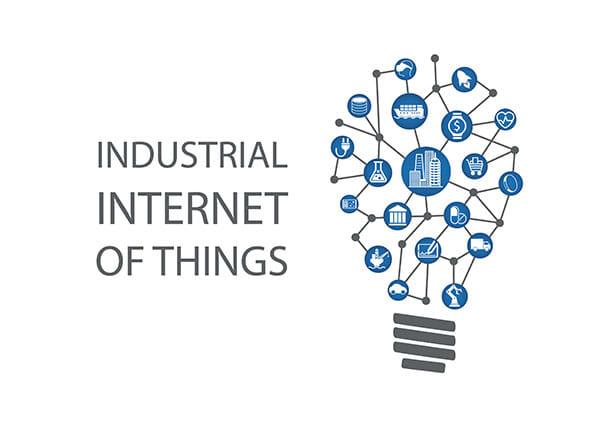6 Steps on the Industrial IoT Journey
Based on insight from manufacturers and IIoT pioneers we’ve listed six steps to consider when in pursuit of the connected factory.
- Carefully consider what you are trying to achieve
Be clear on what the challenge is you wish to use IIoT to solve. If it’s just one or two elements or conditions which you want to monitor or track, focus on those. It will reduce complexity and cost allowing you to prove the benefits faster.
- Start small
Don’t try and create a complete IIoT infrastructure in one hit, even if you are considering purchasing an off the shelf software solution. Prove it, build on that knowledge, and demonstrate the value.
- Get the buy-in from IT
If this could be a potential barrier don’t try and go around the IT team, be clear on your objectives and work with them. If they have concerns, you can start with closed networks or cellular networks (3/4G) which create physical isolation from the business’s IT infrastructure for which the IT team are responsible.
- Operational Equipment Effectiveness (OEE)
If your primary objective is improving this then you may wish to consider a combination of tapping into existing data – trapped in PLCs or other parts of the control system – and connected T&M which can help improve predictive maintenance, reduce unplanned downtime and speed up the diagnostics process. You may also need to add additional sensors which can provide data on conditions – for example motor vibration – which are not know to the control system.
- Exposing Productivity Data
If your main objective is accessing production data so you can better understand how your process is performing, unlocking existing data should be your first step. Virtually all the key attributes – speed, output, process variables, etc – are available within the process control system. In many cases these can be retrospectively released via protocol monitors completely transparently, without the control system being compromised
- Start on-premise before thinking about the cloud
This approach has multiple benefits. Firstly, it can allay security concerns that your IT team might have. It can also simplify the solution, while not preventing the data from being ‘cloud ready’ in the future. Our experts suggest that in many cases the information will only be used or accessed on site so the benefits of a cloud-based solution might be negligible.
Within the following pages you’ll find products which can help unlock productivity data, products which can add intelligence to existing machinery making them IIoT ready and products which enable to you to monitor conditions or make measurements and share these easily with colleagues or for reference.
One thing is clear. Industrial IoT and the concept of Industry 4.0 is here to stay, and you need to be considering how – not if – you will start using it today.

